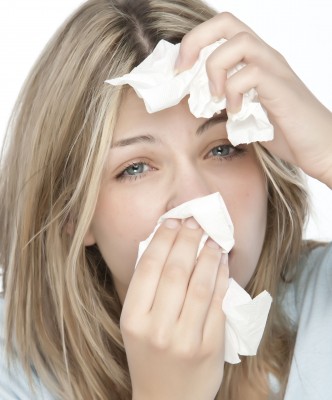 Are you tired of the endless sniffles and embarrassing nasal drips that escape during important meetings and romantic dinners? Do you long for the day when you can breathe freely without reaching for a box of tissues? Well, we have exciting news for you!
Are you tired of the endless sniffles and embarrassing nasal drips that escape during important meetings and romantic dinners? Do you long for the day when you can breathe freely without reaching for a box of tissues? Well, we have exciting news for you!
SLOWtox is a medical treatment that involves injecting small amounts of Botox into your nasal cavity. While the idea of injecting Botox into your nose may seem bizarre, it’s actually a medically sound approach.
If you are thinking, how on earth does Botox dry up a drippy schnoz? Well, here’s the science behind the medical miracle of SLOWtox: tiny amounts of the toxin are injected into strategic areas in your nose, targeting the very glands responsible for producing excessive mucus. By temporarily paralyzing these glands, the release of a chemical called acetylcholine is blocked as are the nerve impulses to the glands that produce mucus. This treatment temporarily puts an end to the relentless waterfall that can flow from your nostrils, allowing you to face the world with your nose held high!
In a world where Botox seems to be the answer to all of life’s problems—facial wrinkles, excessive sweating, migraines, and even overactive bladder—Botox has also been shown to be effective in reducing nasal secretions in people with conditions such as allergic rhinitis and chronic rhinosinusitis.
If you are considering SLOWtox, Dr. Yagoda suggests that you should first consult with a qualified ear, nose and throat surgeon to address any structural problems that may contribute to your symptoms. If SLOWtox is right for you, you will need a trained physician to determine the appropriate dosage for your individual needs.
Like any medical treatment, SLOWtox isn’t without its potential risks and side effects. Some people may experience mild pain, swelling, or bruising at the injection site, while others may experience temporary changes in their sense of smell. However, these side effects are generally mild and temporary, and most people are able to resume their normal activities immediately after the procedure.






























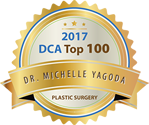
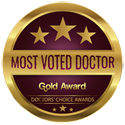
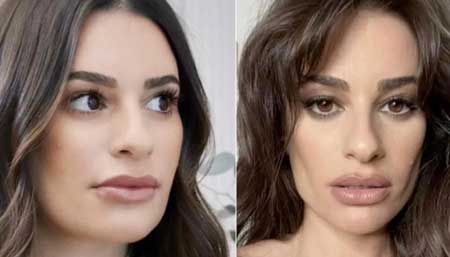
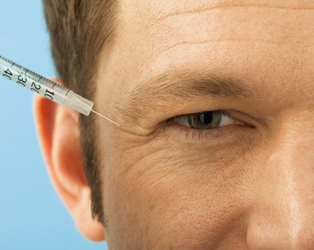 Can something as good as Botox get even better?
Can something as good as Botox get even better?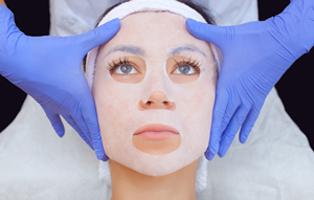 You can’t skim social media or browse a beauty blog without encountering the sheet mask. But, just how valuable are they? Dr. Yagoda unmasks the myth of the sheet mask…
You can’t skim social media or browse a beauty blog without encountering the sheet mask. But, just how valuable are they? Dr. Yagoda unmasks the myth of the sheet mask… Toners are widely known as an important
Toners are widely known as an important 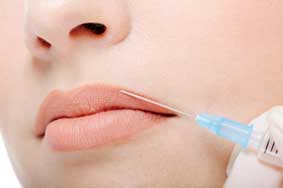 According to a recent study by the American Society for Aesthetic Plastic Surgery, there were nearly 2 million hyaluronic acid filler injections performed in 2015. With immediate rejuvenating results and little-to-no downtime, why not have filler?
According to a recent study by the American Society for Aesthetic Plastic Surgery, there were nearly 2 million hyaluronic acid filler injections performed in 2015. With immediate rejuvenating results and little-to-no downtime, why not have filler? As the happiest time of the year approaches, there is one red-nosed reindeer that we all know by name….. Rudolph! Rudolph is an icon of Christmas who is allowed to have a plump, red nose: That is how he saved Christmas, after all!
As the happiest time of the year approaches, there is one red-nosed reindeer that we all know by name….. Rudolph! Rudolph is an icon of Christmas who is allowed to have a plump, red nose: That is how he saved Christmas, after all! The results are in: Americans spent a LOT on plastic surgery! It was predicted in 2013 that more and more Americans would continue to undergo cosmetic procedures, and that that they have! The American Society of Plastic Surgeons has released new data it compiled throughout 2014, and the findings are very comprehensive. Some are old and some are new… but all are interesting!
The results are in: Americans spent a LOT on plastic surgery! It was predicted in 2013 that more and more Americans would continue to undergo cosmetic procedures, and that that they have! The American Society of Plastic Surgeons has released new data it compiled throughout 2014, and the findings are very comprehensive. Some are old and some are new… but all are interesting!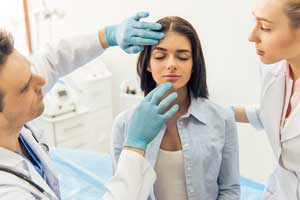 Dermatologist or Plastic Surgeon?
Dermatologist or Plastic Surgeon?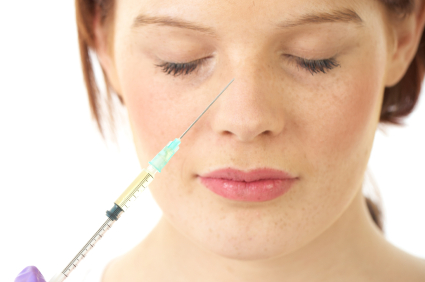 Nose job: When you think of plastic surgery, this is probably the first thing that pops into your head, right? If you answered yes, it is for good reason. Nose jobs, also known as rhinoplasties, remain the most popular facial plastic surgery procedure for both men and women.
Nose job: When you think of plastic surgery, this is probably the first thing that pops into your head, right? If you answered yes, it is for good reason. Nose jobs, also known as rhinoplasties, remain the most popular facial plastic surgery procedure for both men and women.